Pathologic Basis of Veterinary Disease
A Comprehensive Guide to the Mechanisms and Diagnosis of Animal Diseases
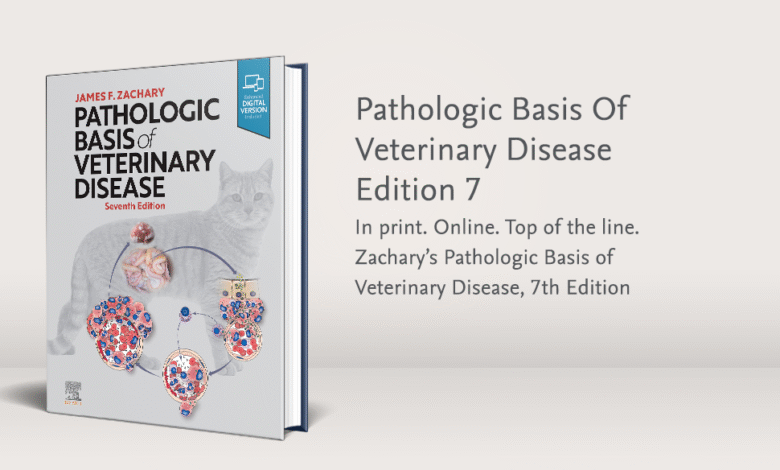
Pathologic Basis of Veterinary Disease is a comprehensive textbook that serves as an essential resource for veterinary students, pathologists, and clinicians. The 7th edition, edited by Dr. James F. Zachary, provides an in-depth exploration of the mechanisms underlying diseases in domestic animals, including dogs, cats, horses, cattle, sheep, goats, and pigs
Overview:
Pathologic Basis of Veterinary Disease is a comprehensive textbook that serves as an essential resource for veterinary students, pathologists, and clinicians. The 6th edition, edited by Dr. James F. Zachary, provides an in-depth exploration of the mechanisms underlying diseases in domestic animals, including dogs, cats, horses, cattle, sheep, goats, and pigs. This edition offers updated content reflecting the latest scientific advances and diagnostic information.
Key Features:
- Comprehensive Coverage: The book offers complete coverage of both general pathology and the pathology of organ systems, integrating the latest scientific and medical research to help understand and diagnose diseases in domestic animals.
- Illustrations and Visual Aids: With over 2,100 full-color illustrations, the textbook includes color photographs, schematics, flow charts, and diagrammatic representations of disease processes, as well as summary tables and boxes, making it easier to understand complex concepts.
- Updated Content: The 6th edition features updated content on cellular and organ system pathology, including the latest insights into the science of inflammation, healing, and molecular carcinogenesis, as well as expanded coverage of genetics and disease.
- Enhanced eBook Access: Each new print purchase includes access to an enhanced eBook, featuring a fully searchable version of the entire text, an image collection, and much more, available on a variety of devices.
Topics Covered:
- General Pathology: Explores the basic principles of pathology, including cellular responses to injury, inflammation, and repair mechanisms.
- Organ System Pathology: Provides detailed discussions on the pathology of various organ systems, including the cardiovascular, respiratory, gastrointestinal, and nervous systems.
- Genetics and Disease: Examines the role of genetics in the development of diseases and the inheritance patterns associated with various conditions.
- Microbial Infections: Discusses the mechanisms of microbial infections and their impact on animal health.
Accessing the Textbook:
While the textbook is available for purchase through various academic and professional retailers, it’s important to note that obtaining the book through unauthorized channels may infringe upon copyright laws. For legitimate access, consider purchasing the textbook through reputable sources or accessing it via institutional subscriptions provided by universities or libraries.
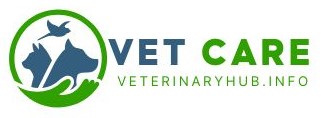
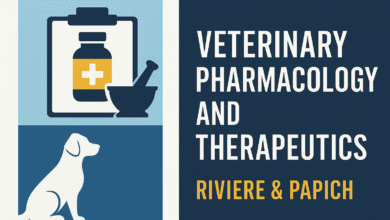
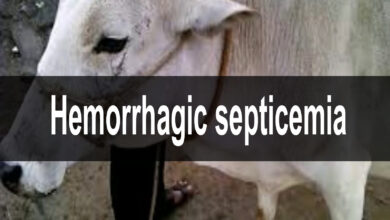


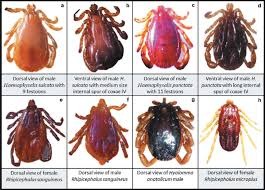
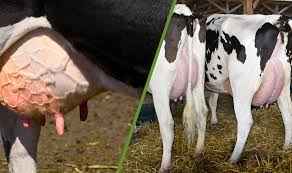

q9drcp
qwj2q6